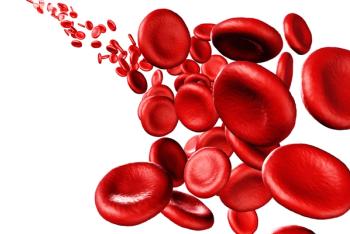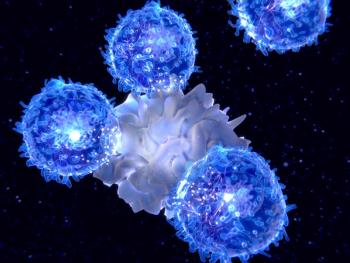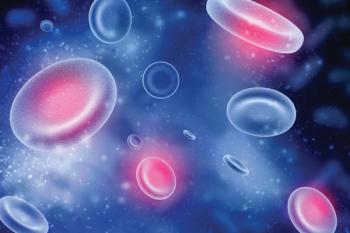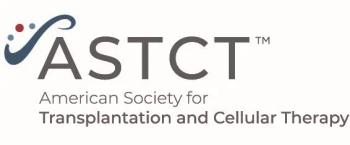
Chemo Plus Reduced-Dose RT Effective for Primary CNS Lymphoma
Patients with primary central nervous system lymphoma had high response rates and good long-term disease control with a chemotherapy regimen followed by consolidation reduced-dose whole-brain radiotherapy and cytarabine in a new phase II trial.
[[{"type":"media","view_mode":"media_crop","fid":"17943","attributes":{"alt":"","class":"media-image","id":"media_crop_6867282746796","media_crop_h":"0","media_crop_image_style":"-1","media_crop_instance":"1176","media_crop_rotate":"0","media_crop_scale_h":"0","media_crop_scale_w":"0","media_crop_w":"0","media_crop_x":"0","media_crop_y":"0","title":"High magnification micrograph of a primary CNS lymphoma, HPS stain. Copyright © 2011 Nephron.","typeof":"foaf:Image"}}]]
Patients with primary central nervous system (CNS) lymphoma had high response rates and good long-term disease control with a chemotherapy regimen followed by consolidation reduced-dose whole-brain radiotherapy and cytarabine in a new phase II trial.
Antonio Omuro, MD, of Memorial Sloan-Kettering Cancer Center in New York, was the senior author on the new study and emphasized in an e-mail that this approach is far from proven. “Further work is necessary and at this time the use of low-dose whole-brain radiotherapy should be considered experimental,” he said.
Still, the new trial showed promising results. A total of 52 patients with newly diagnosed CNS lymphoma were included. All patients received a chemotherapy induction regimen of rituximab, methotrexate, procarbazine, and vincristine (R-MPV) of 5 to 7 cycles; only patients who achieved a complete response (CR) moved on to receive reduced-dose whole-brain radiotherapy (23.4 Gy), while standard dose radiotherapy (45 Gy) was offered to those patients who did not respond.
A total of 31 patients (60%) achieved a CR and went on to receive the reduced-dose radiotherapy; three other patients also were in CR, but one died of febrile neutropenia following the last cycle of chemotherapy and the other two refused the radiotherapy. The 2-year progression-free survival rate for those patients who did undergo radiotherapy was 77%, and the median progression-free survival was 7.7 years. The median progression-free survival for the entire 52-patient cohort, including the non-responders, was 3.3 years. In the full cohort, the median overall survival was 6.6 years, but for the responders/low-dose group the median overall survival was not reached. The 5-year overall survival was 80% for the reduced-dose group. In a result the authors called “striking,” the median progression-free survival was not reached in reduced-dose radiotherapy patients under the age of 60 years, while the progression-free survival was 4.4 years in those 60 years and older (P = .02). Patients showed improvements on cognitive assessments following chemotherapy.
“This regimen achieved an improved survival and favorable neurocognitive outcomes, but it is unclear if this reflects the addition of the low-dose radiotherapy or a more efficient chemotherapy,” Dr. Omuro said, noting that the specific chemotherapy combination regimen had not been formally tested without radiotherapy. His group is now conducting a
“In fact neurocognitive outcome is a very important endpoint that needs to be better studied in larger studies, to fully evaluate the long-term consequences of the radiotherapy,” Dr. Omuro said. He concluded that while the studies of radiotherapy are ongoing, a chemotherapy-only approach remains the standard option for patients with primary CNS lymphoma though no formal standard-of-care has been established.
Newsletter
Stay up to date on recent advances in the multidisciplinary approach to cancer.

















































































